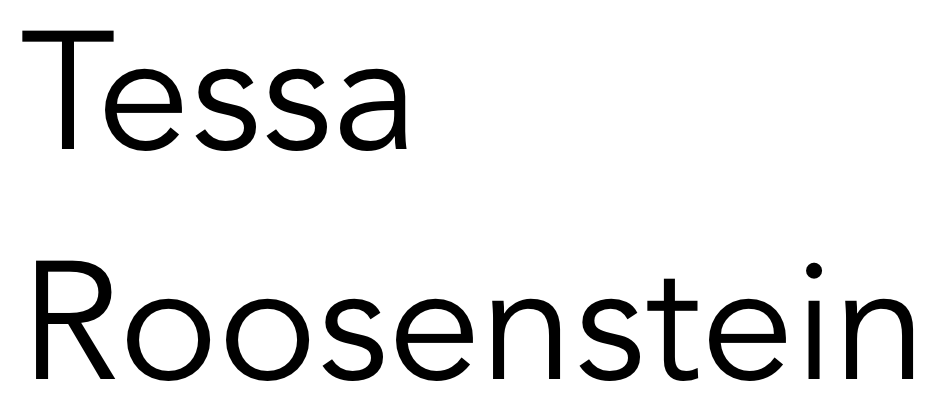Hoor je mij?
THE VIDEO SHUCKLING (2018) AND THE AUDIO PIECE HOOR JE MIJ? (2018) BOTH DEAL WITH THE SAME QUESTIONS: HOW DO I TAKE UP SPACE? HOW CAN ONE TAKE UP [A] SPACE, WHILE BEING IN DIASPORA AS WELL?
Diasporic communities have no fixed land; Diaspora has no borders, no defined space. According to Ari Kizel (author of a.o. Homelessness, restlessness and Diasporic poetry), a Diasporist feels at home both nowhere and everywhere, and has a questioning character. I use my ever restless and unheimisch-feeling body as a method in both works: My physical body is restless, always moving because of the many compulsions I experience. My mind is always questioning itself, and moves back-and-forth between different positions.
For the audio-installation Hoor je mij? (Do you hear me?) I use my voice to question the way I take up space. I made sounds and noises for weeks, every day. I recorded sounds in different forms of space: outside, high up in the mountains, inside a small church, inside in a crowded supermarket, and so on. The only sentence that can be heard -Sas, hoor je mij?-, is spoken in my mother tongue Dutch, and means ‘Sas, can you hear me?’ The audio was played in a big, dark empty room. All sounds had different volumes, and came from different directions.
In the video Shuckling I use my physical body to question my way of taking up space. For this work I filmed my daily movements. While moving, my extravagant Jewish alter-ego Kitty presented herself. She wanted to be seen, and from then on I could not imagine myself being without her. Some of the movements are thus hers, perhaps more than mine. In the video Kitty is shown moving back-and-forth manically. The movement resembles that of Jewish people in prayer and is called Shuckling. This video presents my critical and over-analytical stance towards my own positions, and questions simultaneously my complex relation with taking up grounded space.
